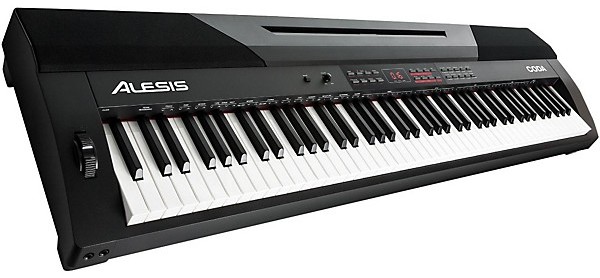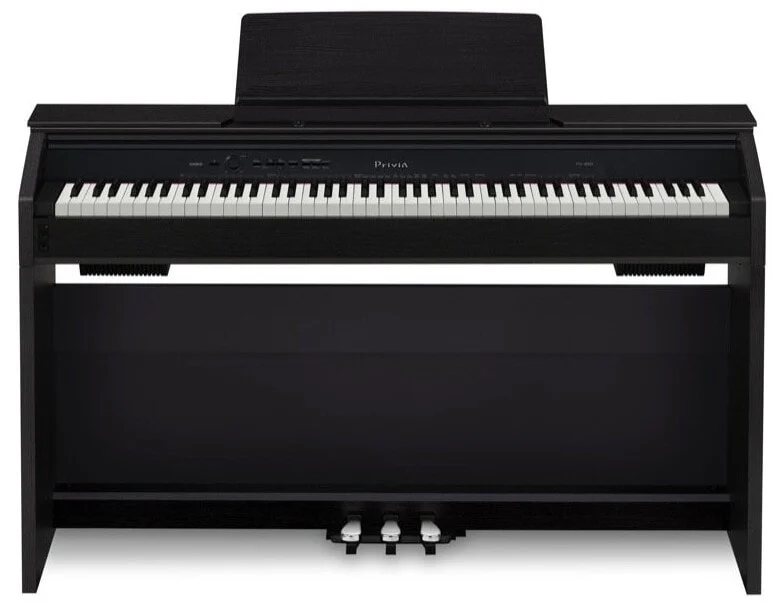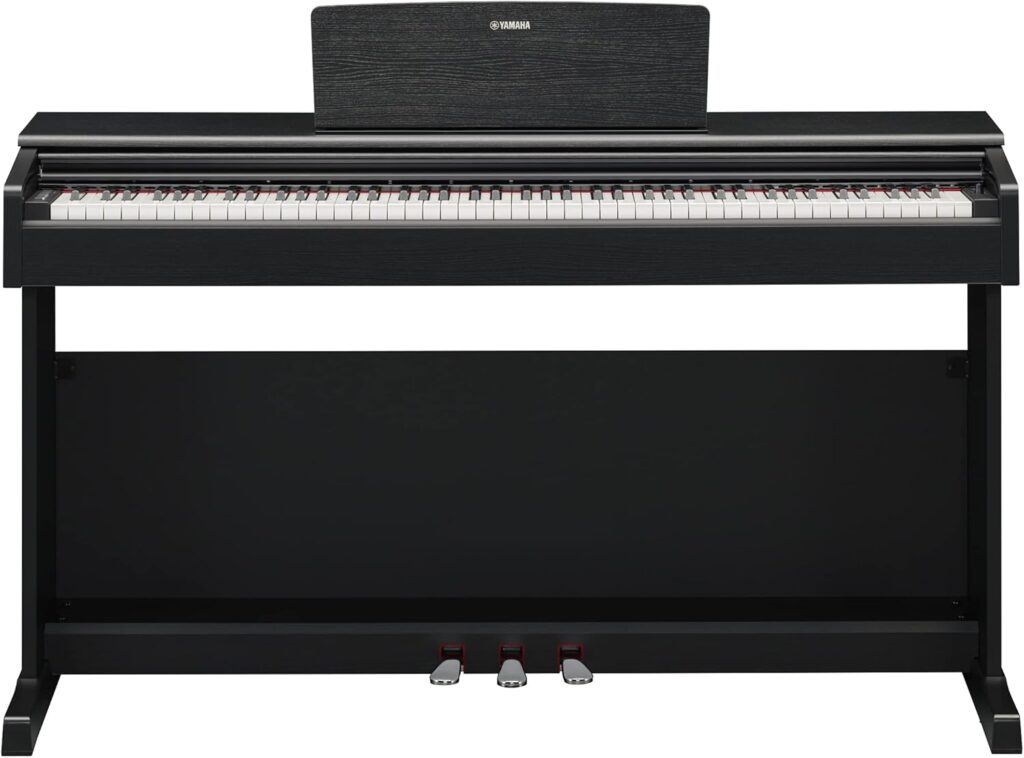Understand the Core Distinction First
It All Comes Down to Size and String Direction
At the heart of it, the difference between an upright and a grand piano is orientation. Uprights have vertical strings and hammers that strike horizontally. Grand pianos? Horizontal strings with hammers striking upward. This orientation affects everything—tone, touch, size, and even how they look in your space.
Space Requirements
Upright pianos are space-savers. Most models sit neatly against a wall. Grand pianos need room to breathe—both physically and acoustically.
Sound Quality and Tone
Why Grand Pianos Have the Edge
Grand pianos generally produce a richer, fuller tone thanks to their larger soundboards and longer strings. Their design also allows gravity to help the hammers return faster, giving you more control and faster repetition.
Upright Pianos Still Hold Their Own
While more compact, modern uprights can still deliver warm, expressive tones—especially in high-end models. But compared side-by-side with grands, you’ll hear a noticeable difference in projection and depth.
Action and Touch Response
Grand Pianos Offer Superior Mechanics
Grand piano actions use gravity for faster reset and smoother response. The keys feel more fluid, giving players more expressive control.
Upright Action Is Vertical, and That Affects Feel
Uprights use springs to reset the hammers, which can feel slightly less responsive—especially at high speeds. That said, many uprights still offer a quality playing experience.
Visual Aesthetic and Design
Grand Pianos Make a Statement
There’s no denying the elegance of a grand piano. It’s a visual centerpiece—majestic, traditional, and instantly impressive in any space.
Upright Pianos Are More Practical
They offer a classic, understated look. Perfect for apartments, smaller homes, or multi-purpose rooms where a full grand just wouldn’t fit.
Price and Maintenance Differences
Grand Pianos Typically Cost More
Expect to spend more on a grand—not just at checkout, but also in terms of delivery, tuning, and long-term care.
Uprights Are More Budget-Friendly
They’re easier to maintain and move, and cost significantly less. Ideal for students, casual players, or anyone just starting out.
Use Case and Player Type
Grand Pianos: Best for Performers and Pros
If you’re playing advanced pieces, accompanying singers, or recording professionally, a grand piano gives you unmatched performance capabilities.
Upright Pianos: Best for Home Practice and Small Spaces
They’re great for lessons, casual play, and those who want the acoustic feel without the footprint of a grand.
Durability and Longevity
Both Can Last Decades—If Cared For
With proper tuning and humidity control, either type can last generations. Grands may have more parts requiring maintenance, but they’re built to perform at high levels for years.
Portability and Moving Considerations
Uprights Win Hands-Down Here
Uprights are far easier to move, requiring fewer people and no disassembly. Grand pianos are heavy, bulky, and often need professional movers.
Sound Projection and Room Dynamics
Grand Pianos Fill Larger Rooms with Ease
Their open lid and horizontal design allow sound to project outward naturally—ideal for concerts, studios, or music rooms.
Uprights Are Better for Intimate Spaces
They radiate sound from the back, which bounces off walls to create warmth in smaller environments.
Budget Breakdown: Upright vs Grand
Average Upright Cost
$3,000 – $10,000 for solid quality. Used uprights can be found for much less with good inspection.
Average Grand Piano Cost
$7,000 – $30,000 and up depending on size, brand, and finish. Baby grands are more affordable and space-conscious.
Alternative Options to Consider
Digital Hybrids and Grand Feel Keyboards
If you love the grand piano experience but lack space or funds, high-end digital pianos like the Yamaha Clavinova or Kawai CA series offer excellent alternatives.
Conclusion: Choose Based on Your Lifestyle and Goals
There’s no universal winner here—just the best piano for your needs. If you’re tight on space or budget, an upright piano gives you timeless acoustic sound without taking over your home. But if you’ve got room, resources, and musical ambition? A grand piano offers tone, beauty, and expression like nothing else. Follow your fingers and your future plans—they’ll lead you to the right keys.
FAQs
- Is a grand piano always better than an upright?
Not always. Grand pianos offer better tone and action, but uprights are more practical and still sound great—especially for home use. - How much space do I need for a grand piano?
At least 5 feet by 7 feet, including bench space. Baby grands require slightly less but still need breathing room. - Can you get a good sound from a modern upright?
Yes. High-quality uprights can deliver rich, resonant tones—perfect for everyday playing and practice. - Are grand pianos harder to maintain?
They require similar tuning but can be more sensitive to environmental changes due to their larger soundboards.
What’s the main reason to choose an upright over a grand?
Space and cost. If you’re limited in either, an upright offers acoustic authenticity without the grand scale.



